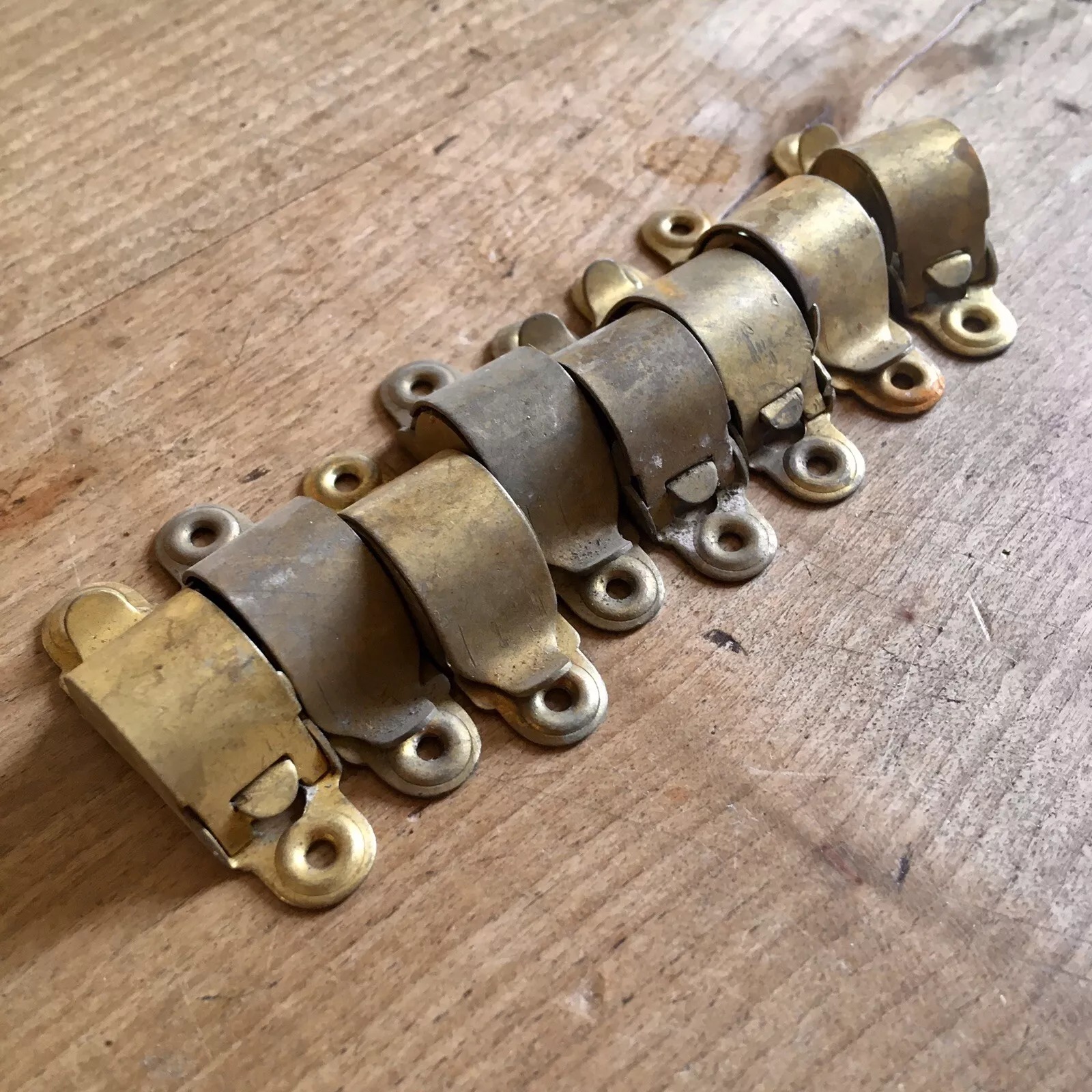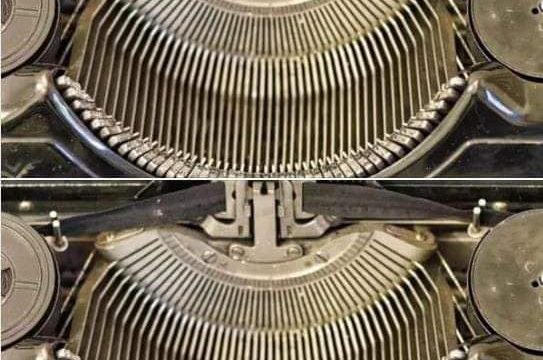
A Look into History
Stair carpet clips, also known as stair rods or grippers, gained popularity during the 19th and early 20th centuries. These fixtures weren’t just practical; they were also decorative elements that secured stair runners—carpets that covered the middle portion of staircases while leaving the edges visible. During an era when central heating was rare, stair runners served to insulate homes, add warmth, and protect the wooden steps of both residential and public buildings. Crafted from materials such as brass or iron, stair carpet clips often displayed intricate designs that echoed the Victorian and Edwardian love for detailed craftsmanship.
Practical and Stylish Use
The functionality of stair carpet clips extended beyond simply keeping carpets in place. These clips prevented slips and falls by securing the runners, thus making staircases safer. At the same time, they were used to enhance the aesthetic of staircases. Positioned at the bottom of each stair riser, they typically fastened over a rod that kept the carpet runner secure. Homeowners would often opt for elaborate and ornate designs that complemented their overall interior decor, ensuring that stair carpet clips were as much about visual appeal as they were about function. This dual-purpose feature made them a beloved addition to the home, seamlessly combining safety with elegance.
The Legacy of Stair Carpet Clips
Although advancements in modern carpeting techniques have made stair carpet clips mostly obsolete, they still hold a place of admiration for those passionate about historic home decor. Many vintage homes retain these clips, not for their original purpose, but as a tribute to an era of intricate attention to detail. These clips are also popular among collectors and enthusiasts, often appearing at antique shops or markets. Their unique designs, rich history, and craftsmanship have transformed them into valuable artifacts that remind us of the past.
Today, stair carpet clips serve as symbols of a time when home decor was a careful balance of practicality and art. They reflect an era in which functional elements were not simply utilitarian but were crafted to contribute beauty to everyday spaces. As remnants of a bygone time, they remind us of the dedication to detail that shaped historical interior design.





